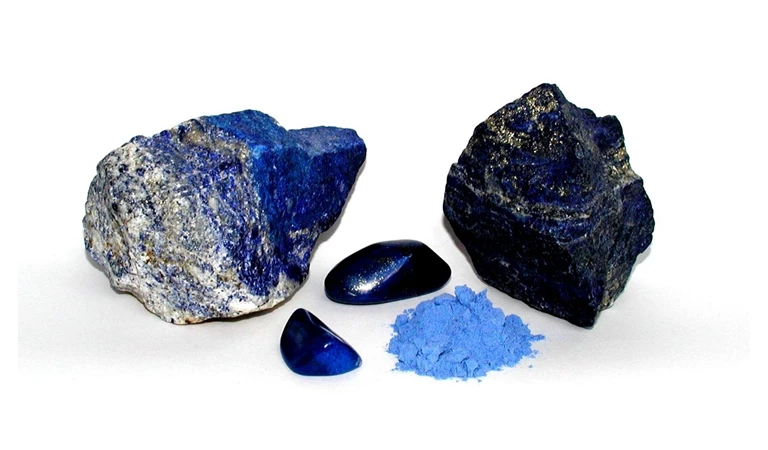-
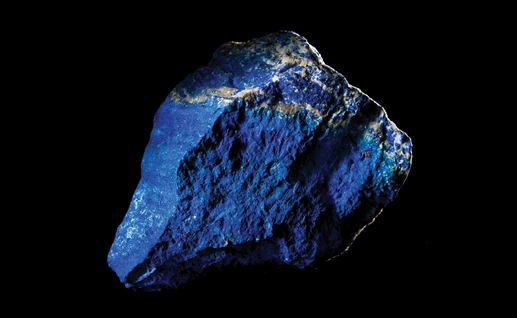
Ultramarine: the blue gold
Ultramarine is a colour that has appealed to one’s imagination since the early Middle Ages. These days it is impossible to imagine the standard palette without this intense blue with its excellent lightfastness. However, up until 1828 only the natural variant was available. An expensive affair, all the more so since this pigment cost more than pure gold.
Read more -
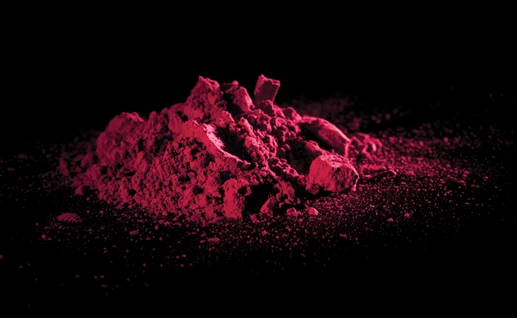
Magenta: a colour with a bloody past
As one of the primary colours, Magenta is now an essential part of art painting. The dye was developed chemically in 1856 and owes its name to the bloody battle by the Italian town of Magenta. Due to the poor lightfastness of the dye, the red-pink colour these days is made based on the pigment Quinacridone.
Read more -
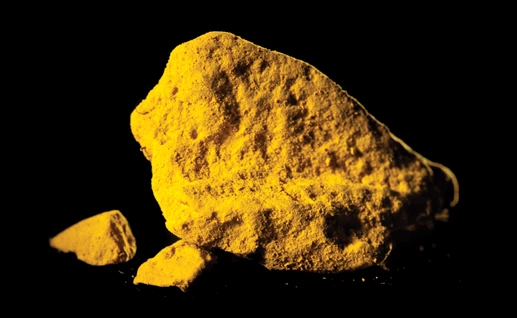
Indian Yellow: an unresolved mystery
For a long time, it was thought that Indian yellow was derived from the urine of Indian cows. But the mystery surrounding the origins of this wonderful golden yellow pigment is still unresolved. For years now artists have been making use of synthetic alternatives that are identical in colour to their natural counterpart.
Read more -
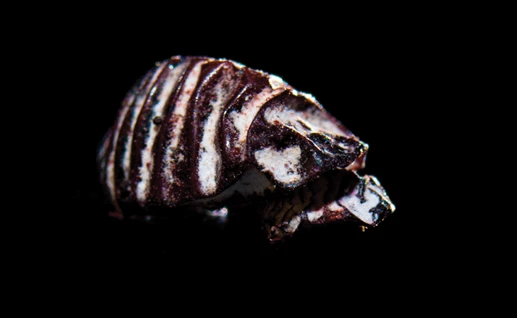
Carmine: painting with insect blood
Carmine has been used for more than 2000 years in fabrics and cosmetics. In the 18th century pigments in lacquered form derived from scale insects make their entrance onto the art scene. The colour, however, was known for its poor lightfastness. These days the characteristic dark red is therefore made from a stable, synthetic pigment.
Read more -
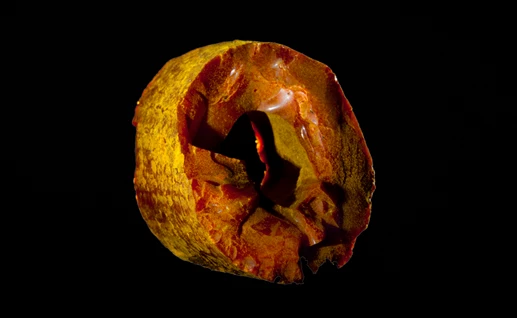
Gamboge: golden yellow poisonous sap
The beautiful golden yellow was already used in the Middle Ages to colour in ornamental letters and illustrations. The transparent colour comes from the sap of the Garcinia tree. As the sap is poisonous and has a poor lightfastness, the original Gamboge has been replaced with harmless pigments that do not fade under the influence of light.
Read more -
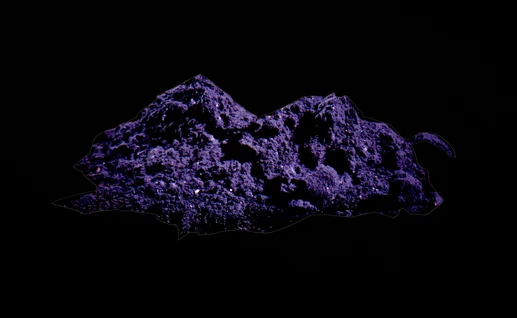
Indigo: blue plant extract
The pigment Indigo was already popular among artists early on in history. First among the Romans and later, particularly between the 14th and 19th centuries, also among artists in the rest of Europe. The blue colour was originally extracted from plants. This natural variant disappeared from the scene when the German chemist Adolf van Baeyer developed a synthetic alternative. These days Indigo is made from pigments with an excellent lightfastness
Read more -
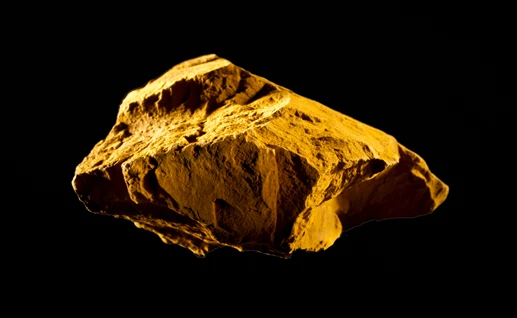
Ochre: an ancient pigment
Since ancient times ochre has been used all over the world for various purposes. Diverse shades of the colour can be seen in, for example, prehistoric cave paintings as old as 35,000 years. The pigment is exceedingly lightfast and, moreover, can be used for all types of paint. These days the natural ochres have mostly been replaced by synthetic variants.
Read more -
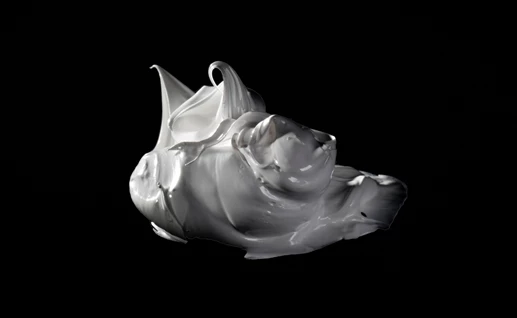
White: life and death united in the mother of all colours
White, colour or no colour, the colour of purity, the divine and life itself. But depending on where you are in the world, also the colour of death, sickness and destruction. For millions of years natural white pigments have been found all over the world in various forms, and for many centuries now various synthetic variants have been developed. Some have already been used for thousands of years, whilst others have disappeared from artists’ paints for all sorts of reasons. A short journey through the sometimes dark history of the colour white.
Read more -
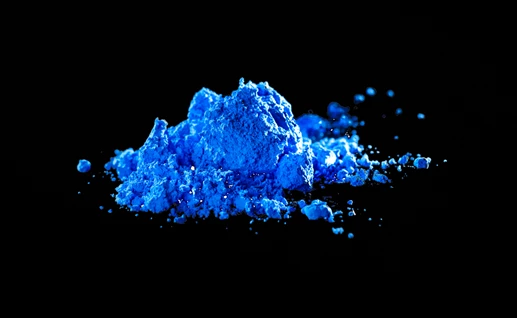
Cobalt Blue: from ‘fake silver’ to colourful pigment
In the art of painting cobalt is mainly known as a colour blue. The pigment that was traditionally extracted from a mineral comes, however, in various shades, varying from yellow to red and from blue to green. It was traditionally used to colour glass and ceramics. The name is derived from subterranean sprites or ‘kobolds’. But for this we have to go far back in time, to well before the Common Era.
Read more -
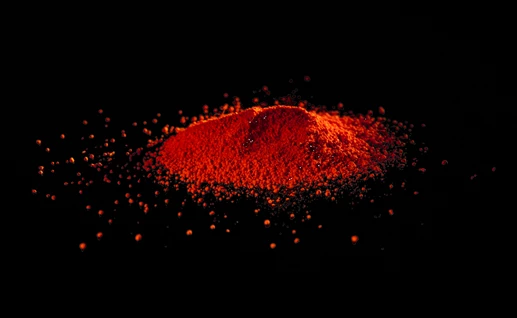
Vermillion: from mercury and sulphur to harmless pigments
The history of the wonderful red-orange vermillion has some black undertones. The colour was for a long time extracted from the highly poisonous mineral cinnabar, which has a high content of both mercury and sulphur. It was quickly learned how to make vermillion using these ingredients. It wasn’t until the end of the 19th century, however, that a considerably less harmful alternative was found based on cadmium. These days vermillion is made from modern, harmless and stable pigments.
Read more -
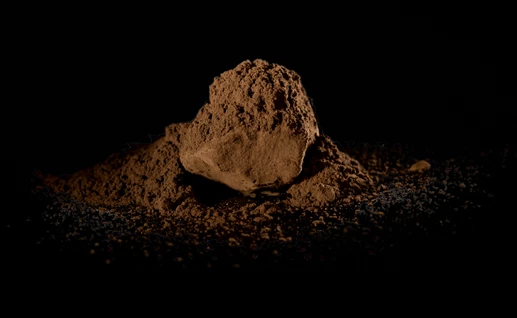
Asphaltum: ‘and when he heard what his brown was made of, he gave all of his tubes of this colour a decent burial’
Asphalt, also referred to as bitumen, is a typical example of a colour of which the historical name has remained, but that – fortunately – has not been made of real asphalt for a long time now. The history of this colour is somewhat sinister. Up until the beginning of the twentieth century one way of obtaining the brownish black pigment was by grinding down Egyptian mummies. It wasn’t until the early twentieth century that an alternative was developed, and mummies and natural asphalt gave way to a brownish black based on modern and highly reliable pigments.
Read more -
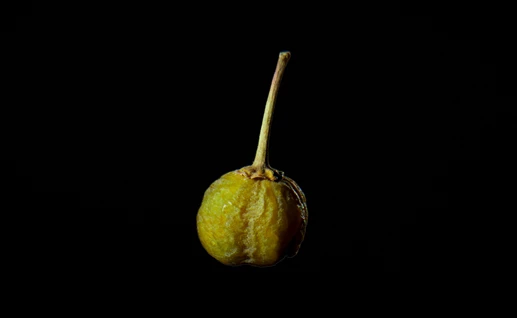
Stil de grain: from fading yellow to lightfast pigment
Renowned masters such as Rembrandt, Vermeer and Rubens already often used, in ‘lacquered form’, Stil de grain yellow, brown and green. The dye extracted from various types of buckthorn berries was, however, known for its poor lightfastness. These days therefore Stil de grain is produced with a lightfast pigment that has the same unique colouring and glazing properties.
Read more
